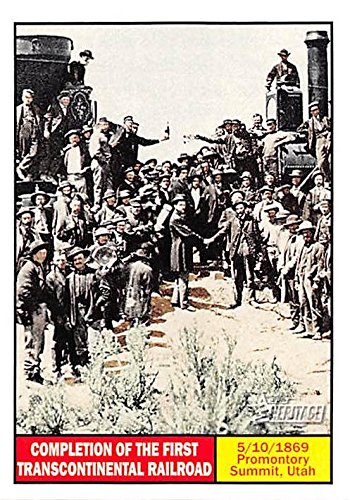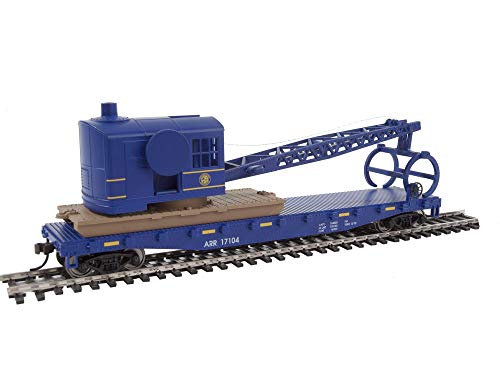So the train-sets will be distributed power, and if they are Americanized AGV's, then they will probably be taller than the current AGV's?
http://www.lerail.com/alstom-en-discussion-avec-amtrak-pour-28-rames-lgv/
a driving classic TGV, the AGV type of cars without engine and an identical tilting system to that used on the Pendolino products in Italy
Based on this article, Alstom is essentially proposing a TGV model. The reason it comes with AGV's unpowered coach is that Alstom doesn't have aluminum body single-level coach cars at the moment(All new coaches are bi-level duplexes and all single-level coaches are obsolete mild steel cars), so they are trying to create a new modernized single level TGV train set by combining a pair of TGV power cars with AGV's coach cars.
But something like that already exists and is in a full-scale production; it's called Hyundai Rotem's KTX-II and this model costs only $28 million per 200 m long trainset. Even with Buy America compliance, it would not exceed more than $50 million per train set, so AMTRAK's total bill for 28 sets would come at $1.4 billion, a full $1.1 billion less than Alstom's rumored bid price of $2.5 billion.
So let me ask you this question, does it make sense to pay $1.1 billion more just for tilting, when the faster acceleration rate and the lighter weight of a Tier-III train set would improve cornering and match the travel time of the Acela Express without tilting anyway.
So this whole $2.5 billion Alstom selection rumor sounds fishy to me, especially considering how much the tilt-less rival is cheaper. We are not talking a couple hundred million dollars, but a cool billion dollar cheaper.
























































